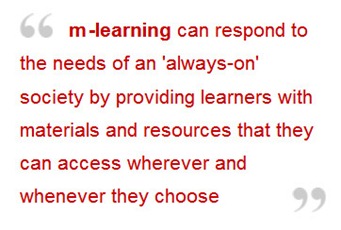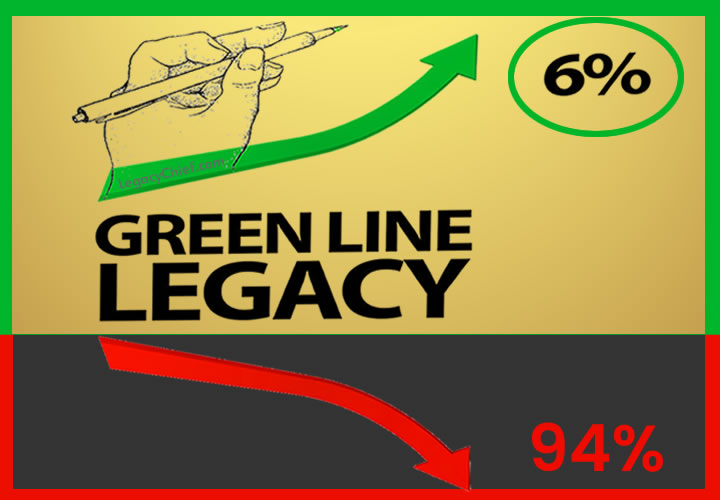MMM… M-Learning Good!

‘Just like the advent of computers ushered in the era of e-learning, we are now ready for an era of m-learning, or using the mobile phone as an educational tool.’ Techtree.com
Webinar are online seminars and when you take your online on-the-go you become mobile. Your mobile tablet or handheld device and phone is a multi-purpose tool designed to help you access and consume information and even order a pizza. It can be your GPS, help you calculate exchange rates, and catch a webinar for your business, your job, your non-profit organization, or for any number of reasons. Why not then add ‘learning about the greatest trends in marketing’ or ‘learning Spanish’ to the ever-expanding list of things you can do with a handheld device? In an era where every street, station and coffee shop is filled with people tapping away at their smartphones, computers and tablets, the concept of learning on the move, or m-learning, as it is now known, seems to make perfect sense.
In the term m-learning, m stands for mobile, and the same concept is also often simply referred to as mobile learning. M-learning is any kind of learning that takes place via a portable, hand-held electronic device. Though the term immediately conjures up images of smartphones, it in fact also refers to learning via other kinds of mobile devices, such as tablet computers, netbooks, and digital readers.
The key characteristic, and indeed the obvious benefit, of m-learning, is that it isn’t constrained by the need to be in a particular location, such as sitting in a classroom or perched in front of a computer within a fixed space. M-learning can take place anywhere and any time, responding to the needs of an ‘always-on’ society by providing learners with materials and resources that they can access wherever and whenever they choose. As well as giving the learner new freedoms, it also increases the flexibility of teachers and instructors, who may create learning materials ‘on the spot’ in response to specific needs, or provide instant feedback and support. Learners can also work collaboratively, sharing tips and experiences with their fellow students – and all this without ever needing to be in the same physical space as a teacher, classmates, or webinar presenters.
M-learning is often viewed as a component of a learning program, something that supports the learning process as an add-on tool, rather than being the principal learning method. Webinars are most definitely a principal learning method with the where, your choice; the comfort of your own home or on the road from a mobile device. From this perspective then, there’s a link between m-learning and the concept of blended learning, in which learning takes place by a combination of conventional teaching methods and electronic and/or web-based resources. M-learning has been recognized as particularly beneficial in the education of young people, especially for students who may not be engaged by conventional approaches to teaching. Communication through mobile devices is now an expected function of daily life for the majority of young people, and so use of them as a learning platform can prove far more motivating than traditional course books and worksheets.
Evidence suggests that m-learning is becoming an increasingly hot topic in educational circles, galvanized by various factors, including the falling prices of tablets and smartphones, the improved ease of use of touch screen and keyboard functions on these devices, and the fact that they’re overtaking previous technology by conveniently functioning as a combination of the separate gadgets (e.g. laptop, phone, camera) people may have used in the past.
Background – m-learning
The concept of mobile learning goes right back to the 1970s, when companies such as Linguaphone started releasing recordings of language lessons that could be listened to at the learner’s convenience. The term m-learning is a much more recent modification, motivated by mobile communications technology and modeled on expressions such as e-learning, which refers more generally to learning and teaching supported by computers and other electronic devices.
Another term which has gained currency in educational contexts during the last few years is VLE, an abbreviation which stands for Virtual Learning Environment and refers to a web-based platform used by schools for providing learning resources or other general information, and setting/submitting schoolwork, etc.
M-Learning Buzzword Definition Source
‘Online publishing solutions provider, Pressmart, has launched a mobile learning solution for schools, centered around tablets. Calling it MOCA or Mobile Learning Classroom Application … The solution … would allow schools and students to store and access books, study modules, assessments, and notices via a tablet.’ MediaNama.com





